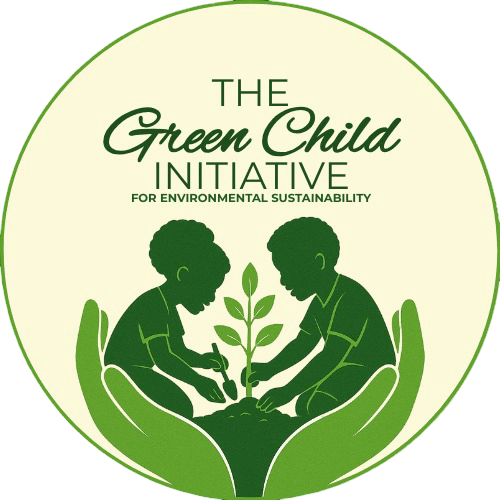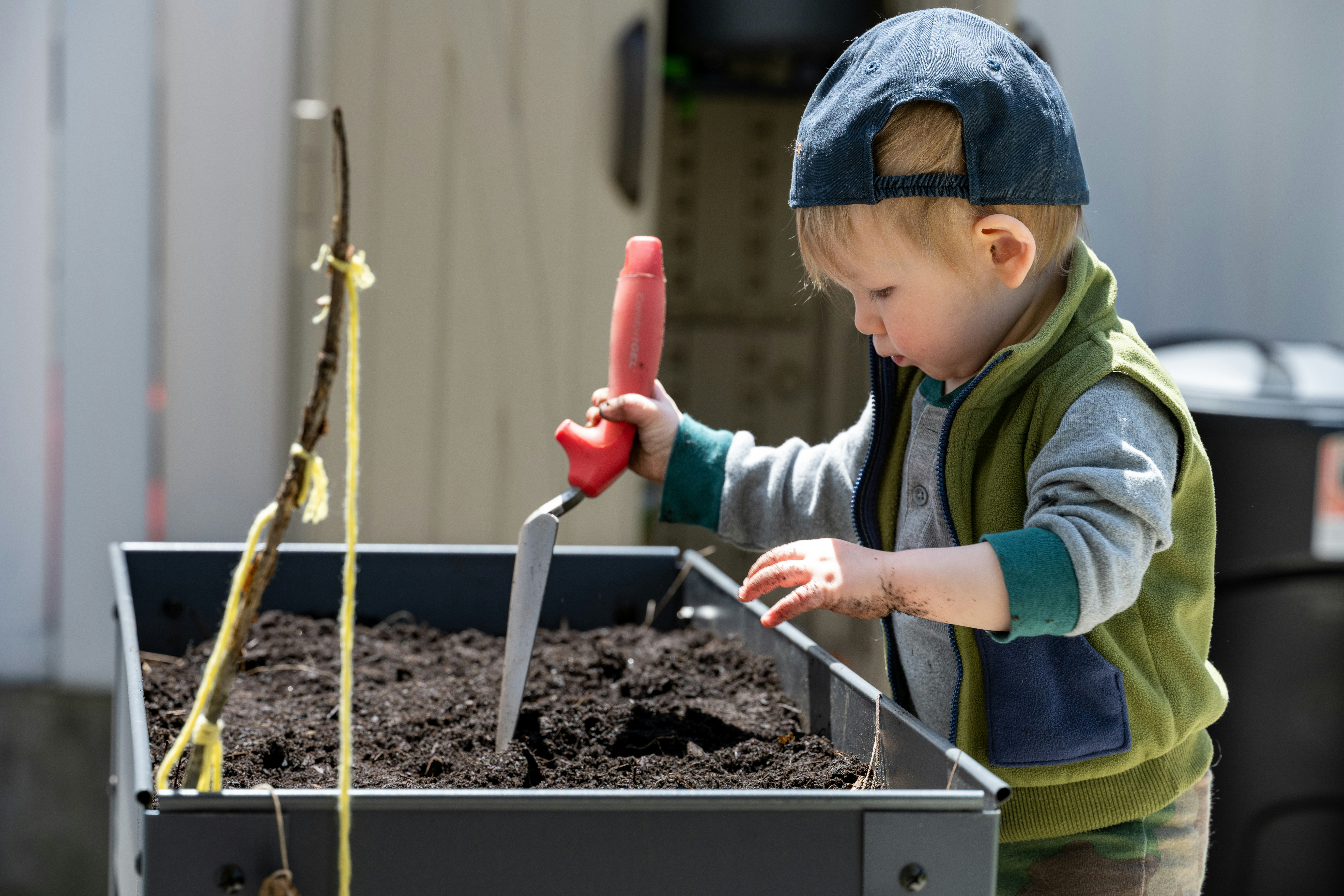Understanding Seeds: The Building Blocks of Trees
Seeds are remarkable structures that play a critical role in the life cycle of trees and many other plants. At their core, seeds are tiny packages of potential, containing everything needed to grow into a new plant. A seed typically consists of three main parts: the seed coat, the embryo, and the food storage. Each part has its own unique function, contributing to the success of germination and the growth process.
The outer layer, known as the seed coat, is responsible for protecting the delicate inner components. It acts as a barrier against environmental elements such as moisture and pests, ensuring that the seed remains safe until the right conditions for growth arise. When a seed encounters favorable factors like soil, water, and warmth, the seed coat softens, signaling that it can begin to germinate.
Inside the seed, we find the embryo, which is essentially the young plant waiting to develop. The embryo houses the future root and shoot, which will grow into the main components of the tree. When germination occurs, the root emerges first, seeking nutrients from the soil, followed closely by the shoot that reaches for sunlight. This process is essential for establishing a new tree.
Additionally, seeds contain food storage, often in the form of starch or oils, which are crucial for the embryo’s initial growth before it can produce its own food through photosynthesis. This nutrient reservoir provides the energy necessary for the early stages of a plant’s life, illustrating the importance of seeds in the ecosystems they inhabit.
In nature, we see a variety of seeds, each tailored to their environment, leading to diverse tree species. By understanding the basic science of seeds, children can appreciate the vital role these simple yet intricate structures play in sustaining life and enriching our planet’s biodiversity.
The Germination Process: From Seed to Seedling
Germination is a fascinating and vital stage in the life cycle of a plant, marking the transition from seed to seedling. This process occurs when the right conditions converge, enabling a dormant seed to awaken and begin its growth journey. Several environmental factors play a crucial role in this transformation, notably water, temperature, and light.
Water is essential for germination, as it activates enzymes that kick-start the growth process within the seed. When seeds absorb moisture, they swell and ultimately break their outer coating. This stage, known as imbibition, is pivotal; without sufficient water, seeds remain inactive and unable to germinate. Therefore, it is essential to keep seeds moist but not overly saturated, as excessive water can lead to decay.
Temperature is another significant factor in the germination process. Most seeds require a specific temperature range to successfully sprout. For example, warm-season plants prefer higher temperatures, while cool-season plants thrive in the cooler conditions of spring and fall. Understanding the ideal temperature range for different types of seeds can greatly influence germination success.
Light also plays a role, though its importance varies among plant species. Some seeds require light to germinate, which can trigger the process when they are positioned on or near the soil surface. Conversely, others may require darkness, needing to be buried beneath the soil for successful germination. This variation presents an exciting opportunity for kids to explore the different light requirements of various seeds.
To engage in hands-on learning, kids can conduct a simple experiment using a few seeds, soil, and containers. By adjusting water, temperature, and light conditions, they can observe firsthand the effects on germination. This playful exploration fosters curiosity and a deeper understanding of the factors influencing seed growth.
Planting and Nurturing Seedlings: A Step-by-Step Guide
Growing trees from seeds is an exciting and rewarding journey, perfect for kids eager to explore the outdoors. The first step in this venture is selecting the right seeds. It is essential to choose trees that thrive in your local climate. Popular options for beginners include acorns, pinecones, and various fruit seeds. Researching which trees grow well in your area can make the planting process more successful.
Once the seeds have been chosen, the planting process can begin. First, gather the necessary materials: seed trays, soil, and a watering can. For optimal growth, it is crucial to use high-quality potting soil that contains the right nutrients. When filling your trays, create small holes in the soil for each seed, typically about one to two times the seed’s diameter. Carefully place the seeds in these holes and cover them with soil. Ensure they are not too deep, as this can hinder their growth.
Watering your seedlings is a vital part of nurturing them. A consistent watering schedule is recommended; generally, seedlings should be watered lightly every few days, ensuring the soil remains moist but not waterlogged. Overwatering can damage roots, while under-watering can cause them to dry out. Monitoring soil moisture levels will help maintain the balance necessary for healthy growth.
Sunlight is another essential factor for successful seedlings. Most seedlings require at least six hours of sunlight each day. Positioning your seed trays near a sunny window or outdoors during warmer weather will promote healthy growth. Additionally, introducing your seedlings to gradual sunlight exposure can prevent shock and encourage stronger plants.
Lastly, it is worth noting the long-term commitment involved in nurturing seedlings into mature trees. This process requires patience and dedication, as seedlings need consistent care over time. Participating in this rewarding project not only contributes to a greener environment but also instills a sense of responsibility in young gardeners. Understanding the lifecycle of trees and the importance of proper care helps to foster a deeper appreciation for nature.
Making a Difference: The Environmental Impact of Growing Trees
Growing trees from seeds is not only a fascinating project for kids but also plays a critical role in creating a healthier planet. Trees significantly contribute to our environment through processes such as carbon sequestration. This process allows trees to capture carbon dioxide from the atmosphere and store it in their biomass, thereby reducing the greenhouse gases contributing to climate change. With global temperatures on the rise, initiatives that encourage planting trees can help create a more sustainable future.
Moreover, trees create habitats for many species of wildlife. They provide shelter, food, and nesting sites for birds, insects, mammals, and various other organisms. By nurturing seedlings into mature trees, children can directly contribute to enhancing biodiversity in their local communities. Encouraging tree planting can establish greener spaces that support both fauna and flora, creating a balanced ecosystem.
Engagement in tree planting not only develops an understanding of ecological principles among young individuals but also cultivates a sense of responsibility. Numerous success stories highlight how children and community initiatives have led to greener neighborhoods. For instance, schools that participate in tree planting events often witness a sense of pride and ownership among students who take care of the trees they helped plant. Such activities can inspire children to advocate for the environment and motivate their peers to join their cause.
By participating in tree planting activities, kids become ambassadors for environmental stewardship. They can share their experiences and educate others about the importance of trees. Fostering a culture of sustainability will not only benefit their immediate surroundings but will also instill lifelong values regarding the care and conservation of our planet. As children witness the growth of the trees they have planted, they begin to appreciate the broader significance of their actions, which can generate a profound impact over time.



